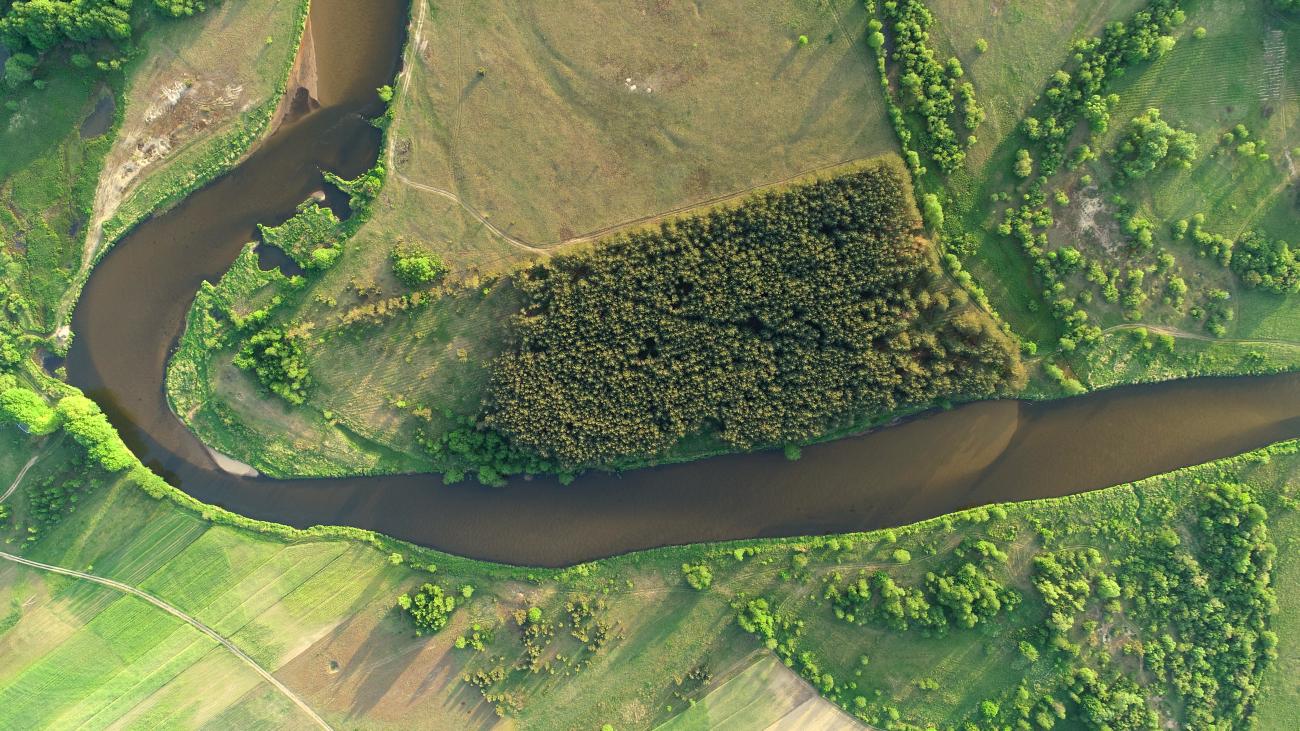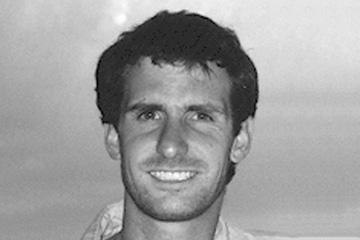The award honors Matt Bailey, a senior geography major killed in a tragic accident in February 1998. Matt was an excellent student, who was working on a minor in Japanese, and spent considerable time in Japan learning its culture and language. He was an active participant in GTU field trips. The scholarship in Matt's name affirms the importance of field work to geographers, and honors the memory of a capable young geographer.
The Scholarship Committee of the School of Geographical Sciences and Urban Planning invites applications for the Matthew G. Bailey Scholarship Award. This fund supports student field work.
Eligibility:
Award(s) will be made to undergraduate and/or graduate students in the School of Geographical Sciences and Urban Planning at Arizona State University to support field work that will culminate in a B.A., B.S., M.A. or Ph.D. degree in Geography or Ph.D. degree in Geographic Information Science at Arizona State University.
Applicants must submit the following:
- Plain cover sheet with name, 10-digit ID number, and the name of the award you are applying for
- Letter of recommendation:
- Undergraduate - from a faculty member in the School of Geographical Sciences and Urban Planning at ASU
- Graduate - from the chair of the student's supervisory committee.
- Written proposal not to exceed two pages. It must include project title, problem statement and the context of research, methodology, justification of field work, and anticipated significance of the research.
- An estimated budget outlining how the funds will be spent. Funds may be used to support travel as well as expendable field supplies related to field work.
- Unofficial copy of ASU transcript.
- Within nine months of receiving the award, the student must submit a 1000-word summary of findings to the Scholarship Committee.
- Recipients must acknowledge the award in publications arising from the research.
Application instructions:
Please submit a single PDF file containing all your application materials, including an unofficial copy of your ASU transcript, to [email protected] no later than March 1. Please use the following naming convention: award for your application file: Award - last name, first name (ex. “Bailey Scholarship – Smith, John”). When submitting, please copy and paste the name of your file into the subject line of your email.
Only complete applications submitted in accordance with the instructions will be considered by the awards committee. It is the responsibility of each applicant to ensure their application is complete and formatted as required. And please remember - if the scholarship for which you’re applying requires a letter of support from a faculty member, please let them know as soon as possible to ensure they have time to complete it.
Award amount:
Awards up to $2000 will be given.
Award Recipients:
| 2023-2024 | Gisel Guzman-Echavarria, "Decoding The Individual Heat Experience: Assessing Personal Heat Exposure, Adaptative Responses, and Non-Life-Threatening Health Outcomes" |
| 2021-2022 | Garima Jain, "Drivers of Adaptation and Tipping Points in Coastal Social-Environment Systems" |
| 2020-2021 | Hiroaki Onishi, "Analysis of Contemporary Ryukyuan Community: Community Behind the U.S. and Japan" |
| 2019-2020 | Kelley Madeline, "Novel Aeolian Field Instrumentation to Improve Sediment Transport Models" |
| 2018-2019 | Ryan Heintzman, "Analysis of Site-Specific Climate Variability in Joshua Tree National Park" |
| 2017-2018 | Griffin Petri, "When Seconds Count: Improving Search Yining Tan, "Skilled US Migration to China: Transnational |
| 2016–2017 | Gabriel Carlos Leon, "The Recent Status of Water Resources Asif Ishtiaque, "Vulnerability, Adaptation, and Scale: An analysis |
| 2015–2016 | Flores Shalae, “The Politics of Water: Centering Marginalized Voices amid Climate Change” Bratt Jonathan, “Aesthetics and Urban Public Space in China” |
| 2014–2015 | Puyang Li, “Land Acquisitions in Africa: The Rationale, Impacts, Qunshan Zhao, “Tree shade effects on house surface |
| 2013–2014 | John Connors, "The social-ecological matrix: Livelihood and Emily Kaba, "Tafoni formations: Comparing tafoni genesis in |
| 2012–2013 | Zack Bowles, "Slope and grain size relationships on lithologically Jesse Sayles, "Practitioner evaluation of a social-ecological |
| 2011–2012 | Shai Kaplan, "Land cover response to climate variability and Melissa Joy Oubre |
| 2010–2011 | Tyler Eltringham, "OneShot" (International meningitis Jesse Sayles, "Restoring Estuaries for future changes: |
| 2009–2010 | Abeer Hamdan, "Quantifying the effects of vegetation-types Phillip Larson, "Integration of closed basins in an extensional Jose F. Maqueda, "MapScape of a Border Community" |
| 2008–2009 | Nick Burkhart, "Using Repeat Photography to Visualize Emma Harrison, "Filling a hole in the global carbon budget: Jennifer Kitson, "Role of memory on place-making" |
| 2007–2008 | Ann Fletchall, "The Real Orange County: Place-Making in a Liz Ridder, "The Effects of Political Division on Land Mariela Soto-Berelov, "Determining Bronze Age Human – |
| 2006–2007 | Lawrence Joseph, “Location Factors and how they Affect John C. Finn, “Rumba to Samba: Parallel Musical Development Stephanie Deitrick, “An Evaluation of the Influence of Experience |
| 2005–2006 | Marissa Smith, “Peri-urban Expansion in Mexico: A Gendered Olivia T. Montalvo, “Memorialized Landscape for the Murdered |
| 2004–2005 | Jason L. Kelly, “Emerging Hispanic/Latino Communities Jennifer Peters, “Roles of Parks in the Mexican Immigrant |
| 2003–2004 | Eve Ng, “Tourism-Stimulated residential migration” Brendan Yuill, “Ephemeral stream channel adjustments to Tim Collins, “Human ecological change and vulnerability Gabriel Judkins, “Patterns of NAFTA induced land use |
| 2002–2003 | John Douglass, “Looking for a lake to explain Grand Canyon incision” Daniel Gilewitch, “Tank track scars on desert pavement: Matthew Lord, “Exploration of a novel technique for Rob Murray, “Crucial factors in the growth and decline of |
| 2001–2002 | Richard Somers, “Comparison of oblique aerial photographs Mariela Soto, “Land-use history and change in agricultural Matthew J. Taylor, “Linking Population, Social Capital and the |
| 2000–2001 | Kenneth Madsen, “Crossing A Nation Divided: The O’oham And The U.S. - Mexico Border” Julie Sherman, “Biogeography and Dispersal of Indigenous Fijian Plant Species by Birds and Fruit Bats” Jean Ann Rodine, “Historical Maps of the Yaqui” |
| 1999–2000 | Manfred Muller Paul Mannion Julie Sherman Maren Curtis |

